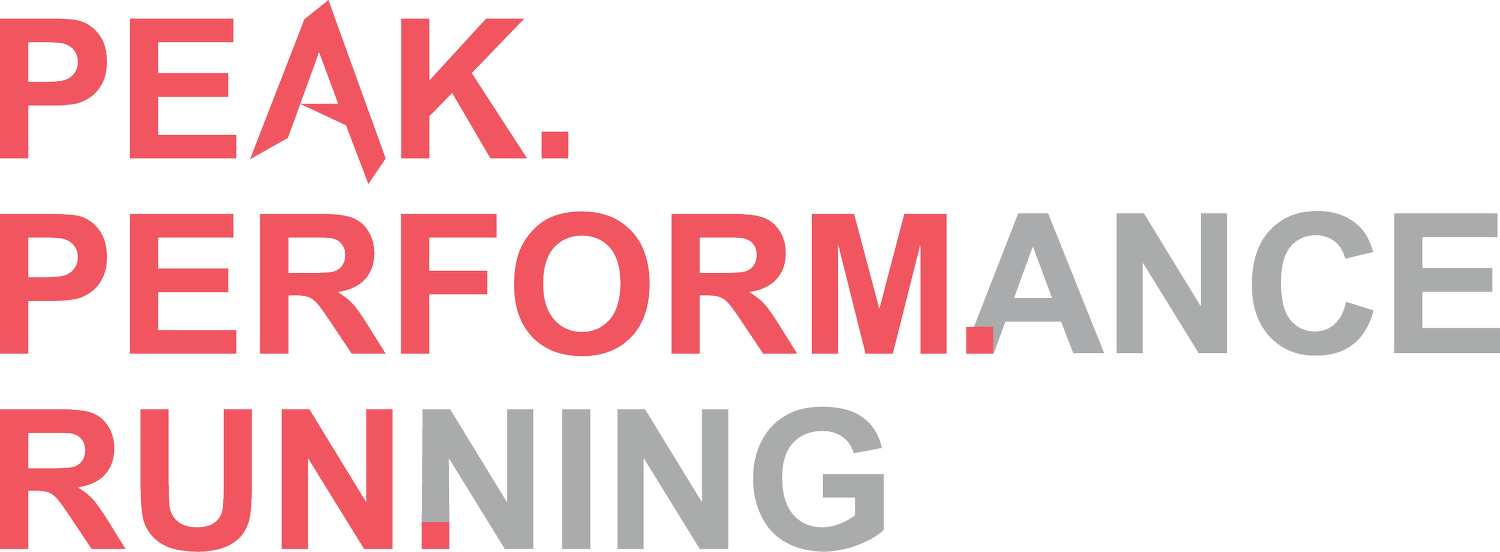Segment 5: This skill will change how you perform
New Levels, New Devils
Athletics, especially running is all about chasing small improvements, day in and day out. If you were in the shoes of your coach, you’d want the vital details of every athlete you worked with so you could understand how they felt, how their body responded, and how well they recovered from the previous day. As a coach - you would digest this information and make a decision on how to train that day -do I push them, do I rest them, do we go easy? Without this information, it’s a guessing game - an inexact science and run-on hope that what works for one person works for the whole lot.
They say “new levels, new devils” which means that as you improve or change- you begin to experience a new set of problems to solve as you improve. Some athlete experience the sensation of pressure the first season they “get good” and carry that into the next season - feeling like they have to perform to a magical unrealistic standard that only exists in their mind. A problem unique to young runners is that they are experiencing a body that is growing and changing so it can feel like you’re chasing smoke on a foggy day when trying to solve issues around pain, discomfort, cramps, and strategy. Some pieces can’t be controlled and you have to develop a different mindset. However, a great majority of athletes would benefit from journaling - taking an in-depth look at what went right, what got better, and allowing the objective and subjective to come to life.
Strava is not your journal
Open your phone and take a quick scroll how many of your followers posted about their latest run? How many of them post about it being sub-par, a stomach cramp, a tough mental day, or feeling exhausted in the final set because of the pressure of hours of homework ahead of them?
Strava is yet another social construct that demands that you show your best side. It often leads to comparison and the creation of a false narrative. So are you going to post in there that you had to run into Taco Bell to use the bathroom because you were about to crap your pants? What about a crappy workout?
A journal is your private insights and where you focus on your personal inward growth - not the outward appearance of success, speed, and kudos.
Success Leaves Clues
Strategy + Outcomes
When you invest in your success as a runner you often think of coaching, training, shoes, or other gear. The skill of journaling costs less than $1 and will get you faster than a pair of new spikes or carbon-plated Nikes. A pen and notebook have led to more discoveries and breakthroughs in the last 100 years of running than any single advancement in running technology. Your running journal is your low-tech way to work through any bad run, workout, or race. You have to go looking for them.
Daily Runs
What’s important here is to document large-scale data points.
How far? How Fast? How Long? Where? What did feel good? What didn’t?
Spotting trends
Is your ankle hurting for the 3rd day in a row? Are you continuing to struggle with stomach pain in your runs? What do you think is causing it?
Share a short narrative
”It was a hot one today. After warm-ups, we ran the river loop and came back to do some short hills behind the school. I felt good during the warm-up and very strong on the hills. Worked on holding my form and pushing hard. No knee pain. Solid day.”
Problem Solve
When athletes reach out to me about training - I ask how many miles have you done lately? What kind of workouts? Without a journal, it’s a process and a guessing game.
The same process for pacing races, stomach pain, or working through aches and pains.
The more you share, the more you discover
Racing
Planning for Success
If you throw everything I’ve shared so far and put it in a blender, you’ll come away with a framework for running and self-evaluation. It’s what goes into a great journal entry and the mindset of a champion. It’s a necessary exercise for you to not just look at what you need to improve on. You also need to look for where you grew, overcame doubt, and made progress. If you only look at your post-race process as “what do I need to improve?”, you’re missing out on 50% or more of the picture. You will only stop making a mistake once you recognize that you’ve solved the problem or created a process of how to solve it.
Your Pre-Race Narrative & Anxieties
Taking time to write out how you want the race to play out, is a key way to process what you want to happen, as well as a way to process what you will do if you run into problems. I often encourage athletes to keep a back page of their journals as a way to collect their anxieties. It allows them to not only get them out of their head but it also helps athletes create solutions to these problems. This allows you to solve problems automatically. You no longer stay up all night wondering “What do I do if the group surges”, “What if my stomach hurts”, “How will I manage the start line”. All of these have answers and once you write them out, they no longer need to pester you.
Post-Race
In Segment 4, we discussed a post-race analysis like the one pictured above. You can see the athlete above follows this process and comes away with a discovery (circled with an A). Things don’t always play out the way we’d like them to. We hope to end our season of racing on a high note and sometimes the biggest takeaways aren’t PRs but a discovery of why we came, and what we put all the work in to accomplish. You can download Segment 4’s post-race analysis to get the most out of your journal. You will also see it reiterated in this week’s download.



